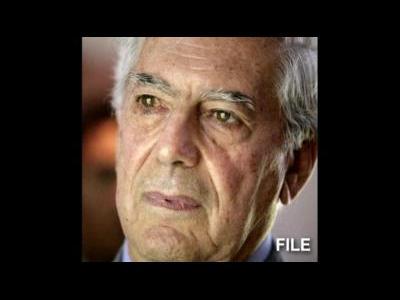 Title: The Twilight Saga
Title: The Twilight SagaAuthor: Stephanie Meyer
Twilight: Bella Swan goes to Forks, Washington to live with her dad, Charlie. She enrols in the school where she quickly makes friends. When she sees Edward she instantly falls in love. Edward is a vampire and he is crazy for her blood. They start to go out. Bella's best friend Jacob doesn't like Edward. He knows something is different about him. He has heard the tales.
New Moon: Bella turns eighteen and Alice, Edward's sister,
 decides to throw a party for her. Bella gets a paper cut on her finger and it starts to bleed. Jasper, Edward's brother, smells the blood and lunges for her. Edward holds him back but Bella still needs stitches. Jacob's dad passes away due to a heart-attack. Edward then decides to tell her that he is a vampire. She doesn't mind but she begs him to turn her into a vampire as well. He says yes but on one condition, she has to marry him first. Then he proposes to her.
decides to throw a party for her. Bella gets a paper cut on her finger and it starts to bleed. Jasper, Edward's brother, smells the blood and lunges for her. Edward holds him back but Bella still needs stitches. Jacob's dad passes away due to a heart-attack. Edward then decides to tell her that he is a vampire. She doesn't mind but she begs him to turn her into a vampire as well. He says yes but on one condition, she has to marry him first. Then he proposes to her.Eclipse: Bella has a big fight with Jacob but they forgive and forget. Bella finishes school and applies for college. The vampires are getting ready for a big fight and they need all the help they can get. And they get
 lots. Somebody was in Bella's room and took her stuff, so they need to find out who it was. Alice gets Bella prepared for the wedding, sorts out invitations and gets the dresses for her and the bridesmaids.
lots. Somebody was in Bella's room and took her stuff, so they need to find out who it was. Alice gets Bella prepared for the wedding, sorts out invitations and gets the dresses for her and the bridesmaids.Breaking Dawn: Bella has a wonderful wedding. They go to Esme Island for their honeymoon. Bella falls pregnant with Edward's baby but it is half human, half vampire. It grows at an incredible rate and starts to eat her from the inside out. She is in intense pain and the baby is about to be born. She almost dies. The only way Edward can save her is to turn her into a vampire. The baby is born when Bella is still unconscious. When she wakes up, she
 calls it Renesmee Carlie Cullen. By the time she turns seven, Renesmee will be full height.
calls it Renesmee Carlie Cullen. By the time she turns seven, Renesmee will be full height.Mary Doherty, 1H
Carndonagh CS







